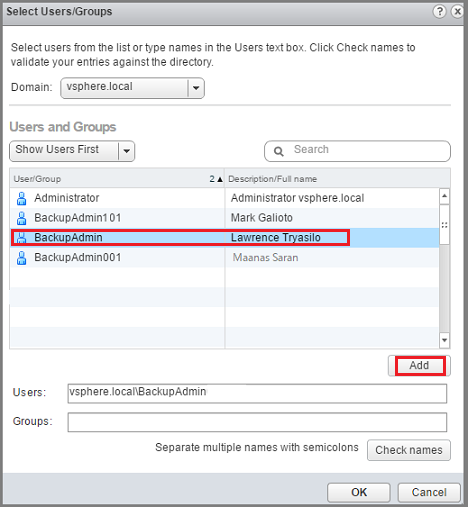

If you want to share the contents of that library, you can enable publishing. You can create a local content library to store and manage content in a single vCenter Server instance.You can create two types of content libraries. The distribution of VM templates additionally requires that the respective vCenter Server instances are in Enhanced Linked Mode or Hybrid Linked Mode and that the respective hosts are connected through a network. You create and manage a content library from a single vCenter Server instance, but you can distribute the content to other vCenter Server instances if HTTP(S) traffic is allowed between the two systems. vApp templates are still converted to OVF files when you upload them to a content library. So, templates in the content library can either be of the OVF Template type, or the VM Template type.
#Vcenter download vmdk consistency update
Starting with vSphere 6.7 Update 1, content libraries also support VM templates. As a result, VM and vApp templates were both converted to OVF files when you uploaded them to a content library. In previous versions of vSphere, content libraries supported only OVF templates.

To make sure that the OVF and OVA templates are signed by a trusted certificate, you can add the OVF signing certificate from a trusted CA. The OVF security policy enforces strict validation on OVF items when you deploy or update the item, import items, or synchronize OVF and OVA templates. Starting with vSphere 7.0 Update 3, you can protect the OVF items by applying default OVF security policy to a content library. When you upload an OVF template to the library, you upload the entire set of files, but the result is a single library item of the OVF Template type. For example, the OVF template is a set of files (. A single library item can consist of one file or multiple files. Sharing templates and files results in consistency, compliance, efficiency, and automation in deploying workloads at scale.Ī content library stores and manages content in the form of library items. You can also use content libraries to share content across vCenter Server instances in the same or different locations.

To deploy virtual machines and vApps in the vSphere inventory, you can use the templates in the library.
#Vcenter download vmdk consistency iso
Content libraries are container objects for VM and vApp templates and other types of files, such as ISO images, text files, and so on.


 0 kommentar(er)
0 kommentar(er)
